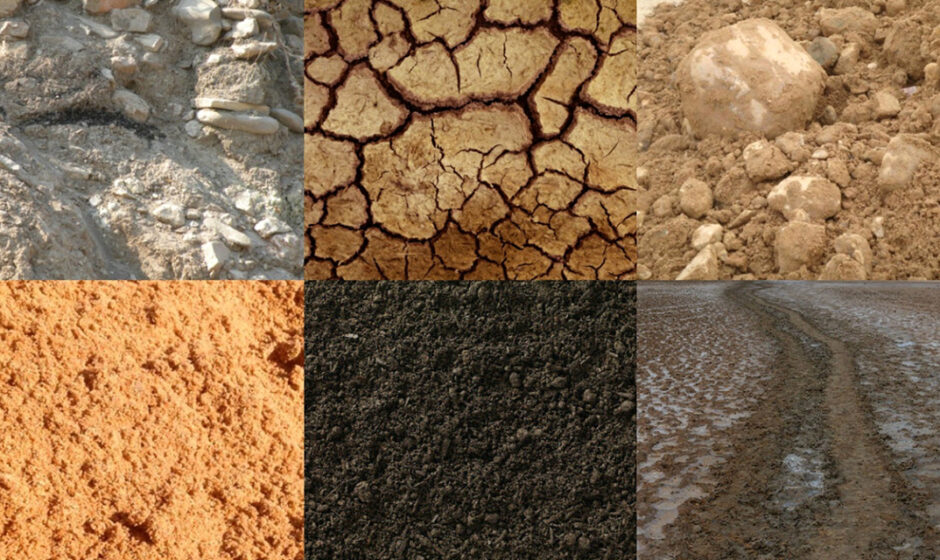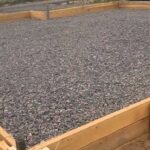The foundation on which the building will be built is soil (layers of earth). To choose the right foundation design and its depth, you need to know the properties and existing types of soil. Studying the foundation before laying the foundation is a vital necessity. In practice, information is obtained by digging a pit, taking samples, and assessing the groundwater level. The initial 60 or 80 cm is dug out with a shovel. Next, a hand drill is used, with its help it is necessary to reach a depth of two meters. The result of the research will be information about the chemical and physical parameters of the soil layers. Based on this, you can accurately select the type of foundation. Let’s figure out what types of soils there are.
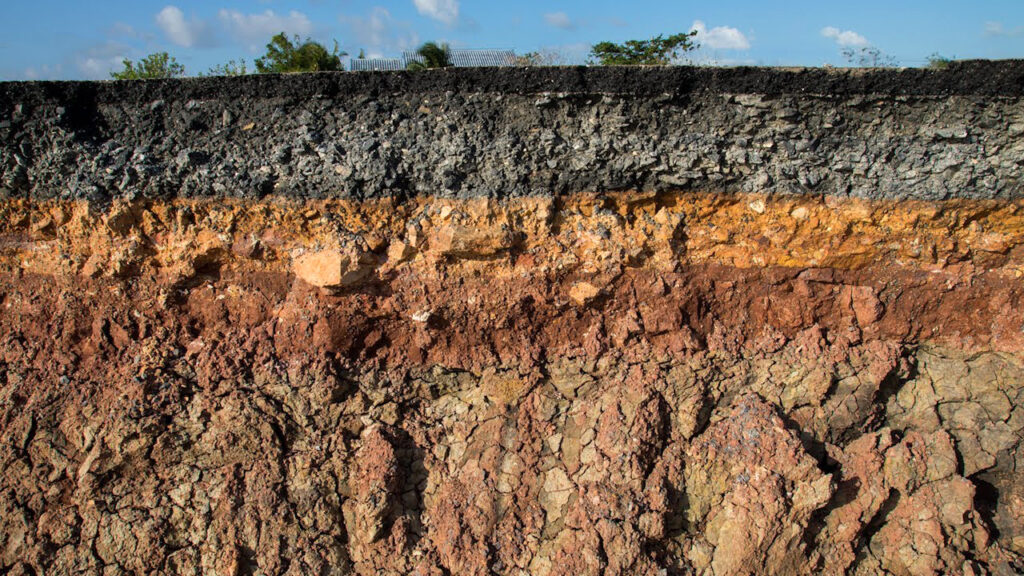
Rocky soil
Such soil consists predominantly of rocks in which the particles are rigidly interconnected. With such soil, the foundation can be laid directly on the surface of the earth. Rocky soil is considered a very reliable foundation for the foundation due to its strength and frost resistance. The plinth can be laid directly on the base. It is possible to build a basement floor.
Coarse soil
Such soil consists of fragments of crushed stone, gravel, and stone. It is distinguished by its durability and is considered high quality for construction purposes. The freezing depth for such soil is of secondary importance. As a rule, laying the foundation to a depth of 50 cm will be sufficient. If an increased content of clay or dusty sand is detected, up to a total of 40%, then the calculation is made based on the finest available fraction.
Sandy soil
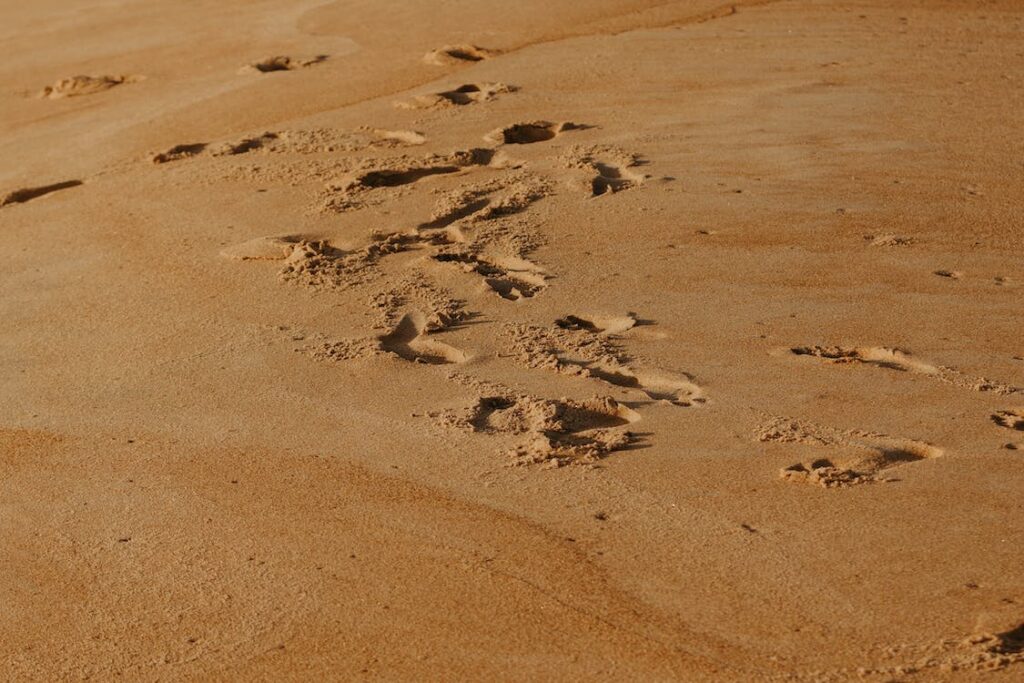
This soil is one of the preferred ones. The fact is that sand allows water to pass through perfectly and is prone to compaction. The grain size, in other words, the size of the fraction, determines the existing subtypes of sandy soil:
- from 0.0005 mm to 0.05 mm – this is silty sand
- less than 0.1mm is fine sand
- less than 1 mm – medium-sized sand
- from 0.25 mm to 2 mm – coarse sand
- Particles up to 5mm characterize the sand as gravelly.
Larger sand fractions are better compacted and freeze less. A coarse sand base for a strip foundation will limit the depth from 40 cm to 70 cm. If we are talking about silty sand, then it cannot be called stable and durable, which means the depth of the foundation will be determined by the depth of freezing.
Clay soil

Such soil is perfectly compacted and provides reliable waterproofing. However, when freezing, clay soil is susceptible to swelling. When swelling, the volume of clay soil increases up to 10% and even 15%. As a result of the artificial compaction of clayey soil, it becomes slightly heaving. However, compacted clay soil requires a careful approach to choosing the backfill depth.
Loams, sandy loams
This soil is a combination of sand particles up to 10% and clay particles up to 30%. The characteristics of a particular soil will depend on the proportions of fractions in its composition.
Loess or silt soils
These types of soil can be classified as loams. They are distinguished by porosity. This parameter causes the soil to absorb large amounts of moisture during rain. This leads to undesirable loss of strength and subsidence. Perhaps loess soils are considered the worst foundation for a foundation.
Peat soils
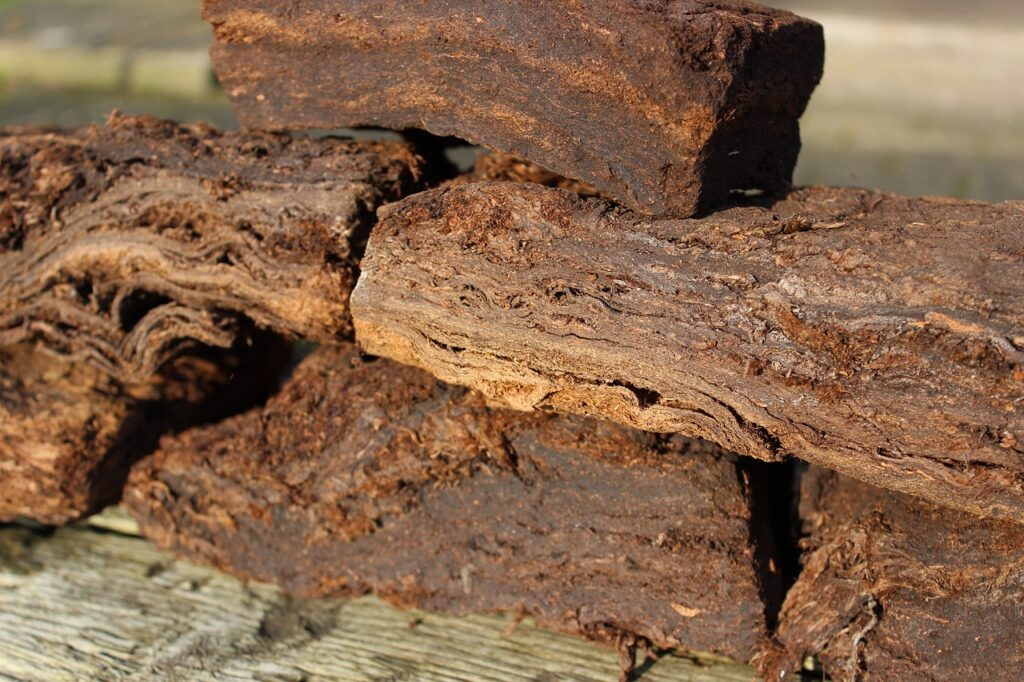
Quite capricious types of soil. The load causes them to shrink significantly. The ingress of moisture can turn the soil into quicksand. A foundation on such soil requires thoughtful drainage. Also common is the method of replacing part of the soil with other more stable fractions, using piles and more.
Saline soils
As the name suggests, saline soils consist partly of salts. Water causes salt to leach out, which leads to subsidence. As a result of the soil entering into chemical reactions, the entire building may suffer.
In general, for all types of soil, it is true that the more homogeneous the soil under the foundation, the safer and more predictable it is.

